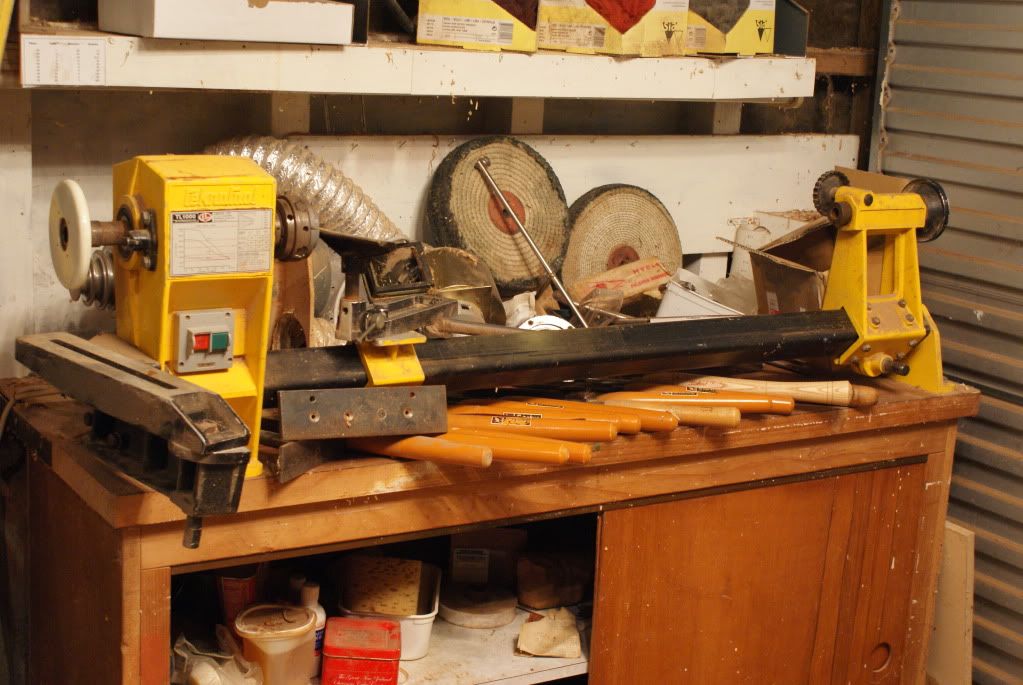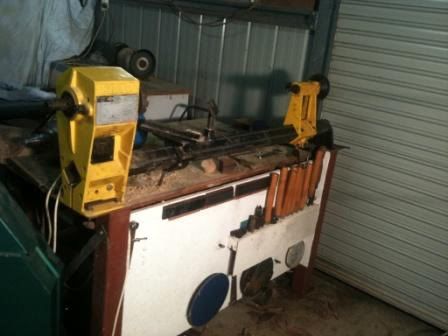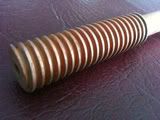Hay Murray
For a brief moment I thought someone had been taking photos in my shed
Ken
Unlike metal working lathes - I've yet to see a reversible woodworking lathe (single phase motors and all).
Good idea though.
now you have!
This lathe has a 2hp single phase reversable motor - reason for it being reversable is for sanding and sealing.
With the motor rotating normal direction you have to hold the sandpaper underneath which has a tendency to throw the dust up into the air.
When reversed the sand paper is on top and the sawdust is mostly thrown away from the operator and downward.
The benefits when sealing with buffing oils are similar. If the motor is running forward you have two choices, 1. hold the oil applicator on the top where gravity draws the oil down onto the job while at the same time spraying the operator with any surplus oil.
2. the other way which is to hold the applicator underneath. This reduces the oil shower affect but gravity is pulling the oil away from the job and between the fingers.
In my humble opinion a reversable wood lathe motor is more a "must have" than a could have.
If you are interested in how to wire a single phase induction motor with a reverse switch,
I'll start another thread just on that.
Just to bring us back towards the the original topic of thread cutting
The yellow lathe has succefully cut a 10 TPI thread in wood before, alas can't find any photos
Bez





























































